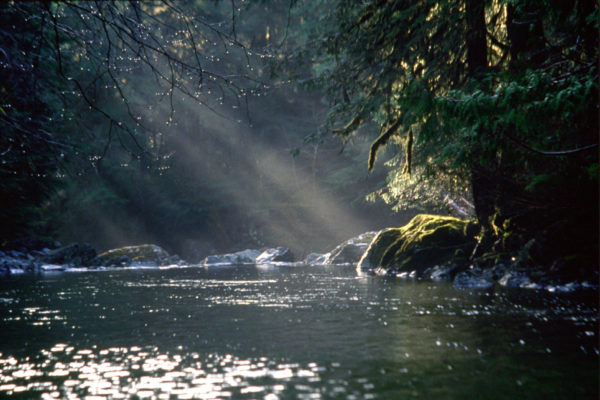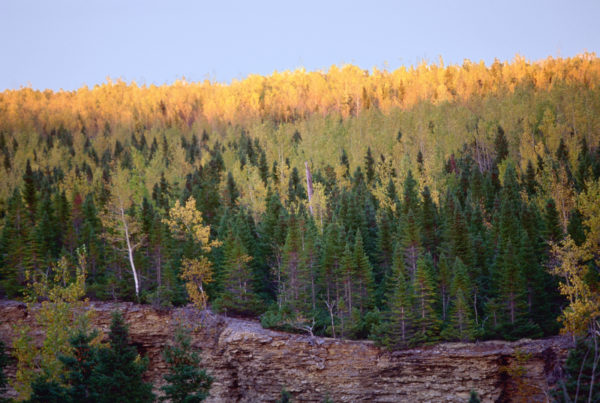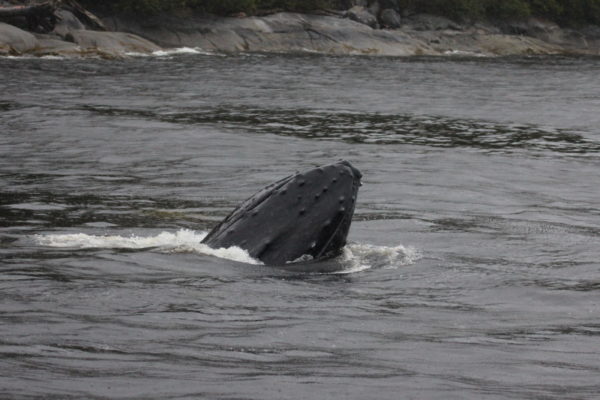It’s time to start accounting for nature
If corporations were managed the way we’re managing the planet, shareholders would be jumping ship.
WWF recently released Living Planet Report 2016, the latest biennial accounting of the state of the planet. The numbers are sobering. Each year, humans use the biocapacity of 1.6 Earths, consuming resources faster than the planet can replenish them. That’s the ecological equivalent of surviving on credit.
The bigger our footprint, the greater the pressure we place on ecosystems and the creatures they support. Global wildlife populations have shrunk an average of 58 per cent between 1970 and 2012, and if we continue like this, 67 per cent will be lost by 2020. We’re also overstepping the safe thresholds for ecological processes that sustain life on Earth, including with our climate which is no longer stable, with the increased flow of nitrogen and phosphorous into the environment, and through major changes to the forests and oceans that serve as planetary lungs.
To steer us back onto a sustainable path, Living Planet Report 2016 identified three critical changes the world needs to make now. One is incorporating the true costs of environmental damage into business decisions.
As management guru Peter Drucker said, what gets measured gets managed. You can bet your organization tracks its revenues and expenses, assets and liabilities, profit margins, stock prices and shareholder returns. But how about energy use, water use and amount of waste generated, as opposed to just the costs associated with each of these? How would the business world fare if the services nature offers – including fresh water, clean air, pollination and steady weather for the transportation of supplies – were no longer there?
Accounting for nature can highlight big opportunities to shrink your footprint and your costs. It can also reveal vulnerabilities and business risks. Is your enterprise prepared for rising energy costs, water shortages or chaotic weather? How secure are your supplies of raw materials? As the Living Planet Report highlights, Earth’s natural capital is eroding — and that’s just as bad for business as it is for wildlife.
When it comes to tracking sustainability, you’ll find the perfect ally in your finance department. And smart CFOs recognize that not all the costs for raw materials and energy are captured on the invoice – the long-term, sustainable supply of raw materials and energy comes at a cost to nature. The more that organizations account for that, the better they can position themselves for long-term sustainability.
“You don’t have a business if there isn’t a healthy environment to support it,” says Sarah Keyes, a sustainability principal with the Chartered Professional Accountants of Canada. “We need a fundamental shift in the way businesses think about long-term value creation.”
How you can take the environment into account
Living Planet @ Work is paving the way. Our new Accounting for Nature Toolkit helps you work with your senior financial leader to add nature to your corporate ledger. Developed in co-operation with Hewlett Packard Enterprise and the Chartered Professional Accountants of Canada, it includes briefings for your CFO or finance leader on the business benefits of sustainability and questionnaires designed to identify sustainability gaps.
The metrics you gather will help establish your company’s environmental baseline and provide insights into the resources your organization depends on. It’s a great first step toward a full-scale natural capital assessment. Need a little extra help? We can help you work with a designated chartered professional accountant to make the business case for sustainability.
So grab a copy of the toolkit and get to work — for the good of your business and the good of our planet.
Living Planet @ Work, championed by RSA Canada, empowers environmentally minded employees to lead sustainable change at work. Today, more than 1,300 champions from more than 950 companies are leveraging the program and taking action for the good of business and the planet. Learn more about Living Planet @ Work, or become a champion by visiting wwf.ca/atwork




